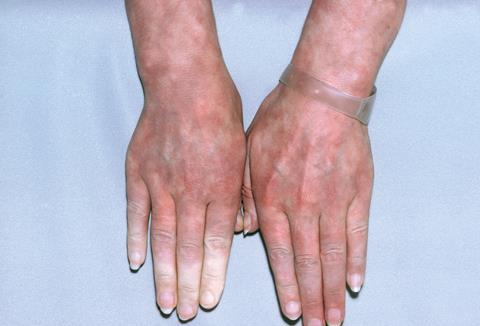On 11 April, the Judicial College published the 16th edition of its guidelines to the assessment of general damages in personal injury cases. The previous edition was published in November 2019. These guidelines were first published in 1992 and provide a critical tool for practitioners and the courts. They rely heavily on reported decisions, covering categories as diverse as injuries caused by death, chronic pain, dermatitis and other skin conditions. The higher awards are to be found in chapters 2 and 3, tetraplegia and head injury, where the ranges in the top bracket are £324,600 to £403,990 and £282,010 to £403,990 respectively. Total blindness and deafness attracts an award in the region of £403,990, while minor injuries ‘where there is a complete recovery within seven days’ are valued at ‘a few hundred pounds to £690’.

The introduction to the guidelines notes that whiplash injuries resulting from road traffic accidents occurring after 31 May 2021 now fall under a statutory tariff, which was implemented by part 1 of the Civil Liability Act 2018 and the Whiplash Injury Regulations 2021. Consequently the guidelines do not cover this type of injury.
The guidelines note the increasing march of inflation, and that at the end of September 2021 the general increase in the Retail Price Index since the last edition has been 6.56%. The Judicial College has also decided to remove figures for general damages, which do not include the 10% uplift announced by the Court of Appeal in Simmons v Castle [2012] EWCA Civ 128, on the grounds that there are likely to be very few cases in which the pre-uplift figures will be relevant.
One major change is the creation of a sub-category of psychiatric injury reflecting awards made to victims of sexual abuse. The Judicial College notes that the Independent Inquiry into Child Sexual Abuse has now reported on the conclusions of its Accountability and Reparations Investigation. This report recommended the creation of a freestanding category reflecting awards for sexual abuse. The new category can be seen at part C, chapter 4 of the Guidelines. A severe case is now valued in the range of £45,000 to £120,000. Part C deals with cases of sexual and/or physical abuse as well as any psychiatric injury to the victim. This new category reflects the approach of the courts to these cases, where in addition to psychological injury and the physical injuries inflicted, the court will also include an element for injury to feelings caused by the abuse itself and by any denial of the offences and the need for the injured person to relive the abuse in court or other proceedings. This element is known as ‘aggravated damages’ and part C actually sets out the criteria for such an award. The guidelines note that, where the courts make a separate valuation of aggravated damages in serious cases, this element is often valued at around £15,000 to £25,000.
There is also a revision of the approach taken to assessing damage to reproductive organs which, previously in women, focused almost exclusively upon loss of fertility and reproductive capacity. The Judicial College recognises that injuries leading to sexual dysfunction, loss of sexual function, and associated psychological sequelae may affect both men and women. The relevant sections can be found at Sections E and F of chapter 6 and they provide more detail than in the previous edition of the guidelines.
These sections recognise that although there are biological differences that require separate consideration, there are also injuries which are common to both sexes: the loss of the ability to have children, sexual dysfunction, and psychological reaction to injury. The guidelines note that historically those factors have not been reflected equally for each sex in the guidelines and, where relevant, the brackets have been amended to reflect parity between sexes and the reported court decision for both sexes have been taken into account in the brackets suggested. So for males, total loss of reproductive organs attracts an award ‘in excess of £153,870’, whereas for females infertility will attract an award in the range of £114,900 to £170,280.

Another major change is the creation of a chapter dedicated to work-related limb disorders. Chapter 8 now encompasses industrial diseases such as vibration white finger, hand arm vibration syndrome (pictured) and tenosynovitis, but it also includes a wholly new section on ‘cold injuries’ such as frostnip and frostbite, and non-freezing injuries leading to similar soft tissue, nerve or vascular damage. The guidelines say that less serious cases of long-term cold sensitisation of the hands or feet, resulting in intermittent discomfort or pain in cold conditions and which are manageable with warm clothing or by limiting cold exposure will attract an award of around £15,000. However, there are aggravating features, which can take an award above that level. The combination of chronic pain and sweating in hands and feet with difficulty being outdoors in colder months, acute psychological symptoms, and probable acceleration of future joint problems warrants an award in the region of £32,500.
The new edition to these guidelines is to be welcomed by claimant practitioners as it represents an increase in general damages for various types of injuries as well as the continuing development of this area of the common law. Defendant practitioners prefer to point to the words of the introduction: ‘this is a book of guidelines, not tramlines, and that any award made is the prerogative of the court’.
Malcolm Johnson is legal director and head of child abuse compensation claims at Lime Solicitors, London





























No comments yet